First of all, you can check the below video about Vietnamese New Year to have the general idea of its meanings and traditions
Tet Nguyen Dan or Tet is the most important and popular holidays and festivals in Vietnam. It is the Vietnamese New Year marking the arrival of spring based on the Lunar calendar, a lunisolar calendar. The name Tet Nguyen Dan is Sino-Vietnamese for Feast of the very First Morning.
Tet takes place from the first day of the first month of the Lunar calendar (around late January or early February) until at least the third day. Many Vietnamese prepare for Tet by cooking special holiday foods and cleaning their house. There are a lot of customs practiced during Tet such as visiting a person’s house on the first day of the new year (xông nhà), ancestral worship, wishing New Year’s greetings, giving lucky money to children and elderly people and opening a shop.
Tet is also an occasion for pilgrims and family reunions. During Tet, Vietnamese visits their relatives and temples, forgetting the troubles of the past year and hoping for a better upcoming year. They consider Tet to be the first day of spring and the festival is often called Hội xuân (spring festival).
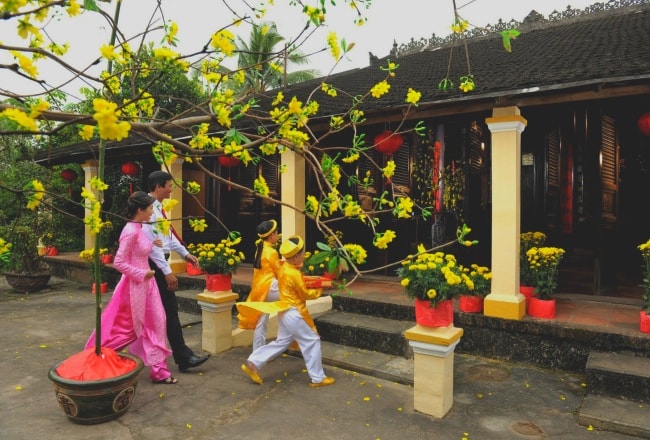
Like other Asian countries, Vietnamese believe that the color of red and yellow will bring good fortune, which may explain why these colors can be seen everywhere in Lunar New Year. People consider what they do on the dawn of Tet will determine their fate for the whole year, hence people always smile and behave as nice as they can in the hope for a better year.
Vietnamese New Year Traditions
Tet is seen as a chance for a fresh start. Debts are settled, and old grievances are forgiven. Houses are cleaned of clutter and decorated with symbolic flowers. Plants get pruned, and drawers are cleared out. All preparations are meant to set the stage for attracting as much luck and good fortune as possible in the upcoming year.
Superstition permeates the air: Whatever happens on the first day of the new year is thought to set the pace for the rest of the year. Sweeping and cutting (including hair and fingernails) are taboo during Tet as no one wants to unknowingly remove incoming good luck!
Although Vietnamese New Year is observed for 15 days, Tet is typically celebrated for three days with some traditions observed for up to a week. The first day of Tet is usually spent with immediate family, the second day is for visiting friends, and the third day is dedicated to teachers and visiting temples.
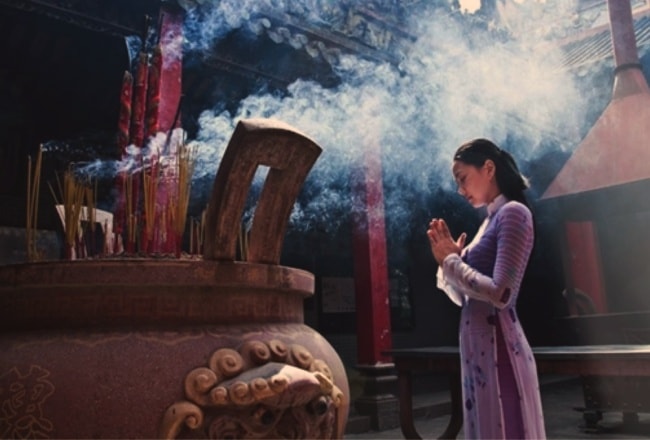
One of the most important traditions observed during Tet is the emphasis put on who is the first to enter a house in the new year. The first person brings the luck (good or bad) for the year! Special people (who are considered successful) dear to the family are sometimes invited and given the honor to be the first to enter. If no one is invited, the homeowner leaves and returns a few minutes after midnight just to ensure they are the first to enter the house for the new year.
Because the primary aim is to attract good fortune for the new year, Tet and Chinese New Year share a lot of similar traditions.
Vietnamese people usually return to their families during Tet. Some return to worship at the family altar or visit the graves of their ancestors in their homeland. Although Tet is a national holiday among all Vietnamese, each region and religion has its own customs.
In general, Tet can be divided into three periods, known as Tất Niên (Before New Year’s Eve), Giao Thừa (New Year’s Eve), and Tân Niên (the New Year), representing the preparation before Tet, the eve of Tet, and the days of and following Tet, respectively. All of these customs are to celebrate Tet in Vietnam.
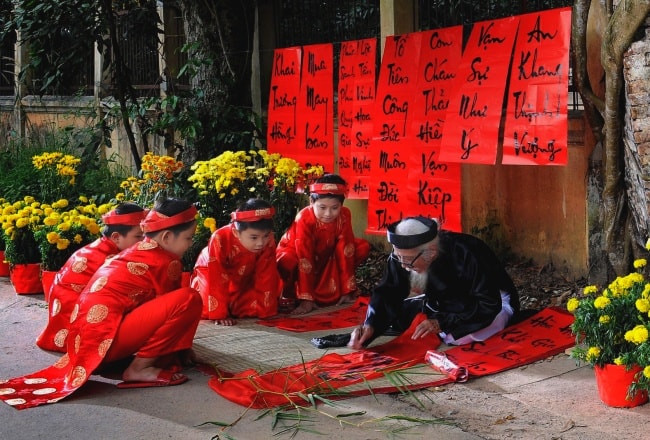
The general process follows the 9 steps as below (all dates quoted in lunar calendar):
Before New Year's Eve
- Ông Công, Ông Táo Day (Kitchen God day) - December 23rd
- Wrapping Chung cake - December 26-28th
New Year's Eve
- Family reunion and Tất niên - December 30th
- Giao thừa - New Year's Eve: including praying sessions to God and Ancestors, Xông đất (First visit to a family in the new year)
The New Year
- First three days of the new year: visit paternal side on the first day, maternal side on the second day and teachers on the third day
- Visit relatives, friends and neighbours: can take place from January 3rd - 5th
- Hóa vàng - burn the offerings near Tet's end for ancestors: January 4th
- Reopen business: usually owners pick a good date that matches their age
- Tết Nguyên Tiêu: January 15th
We will see more detail below in this article.
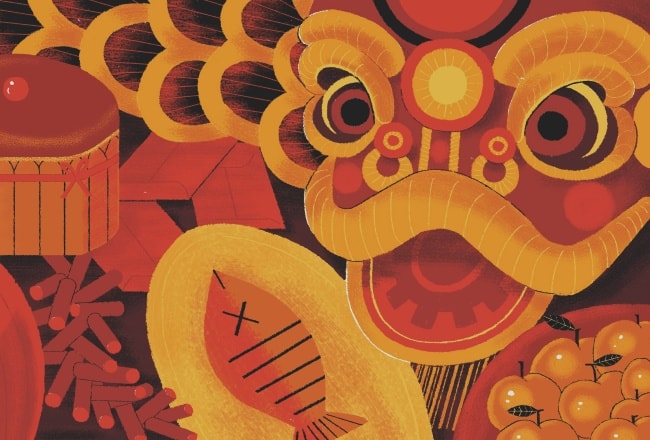


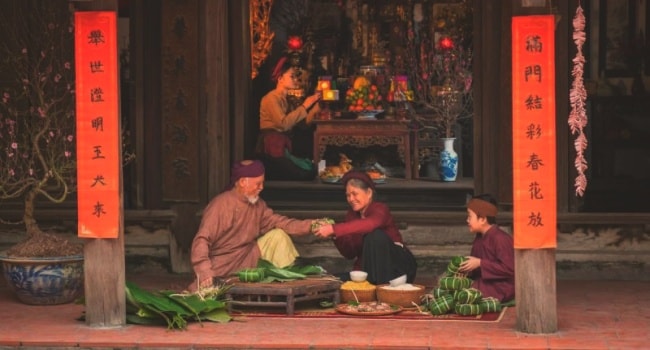

 25/12/2025
25/12/2025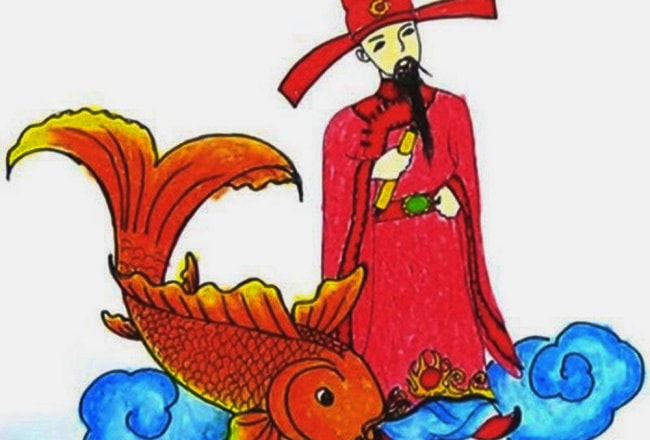
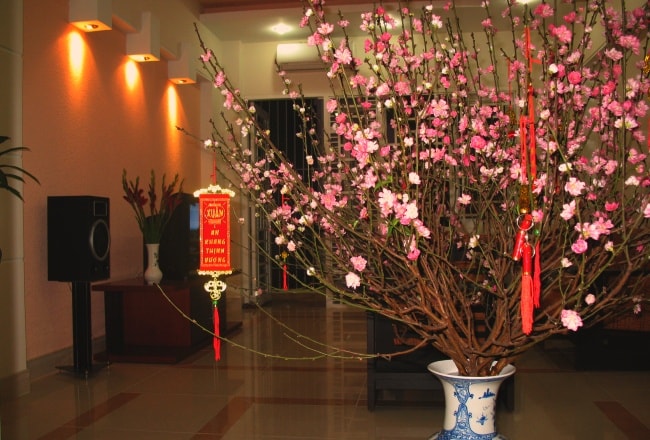

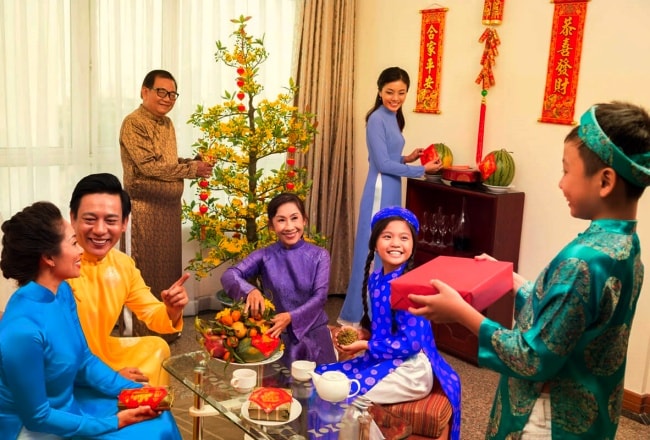
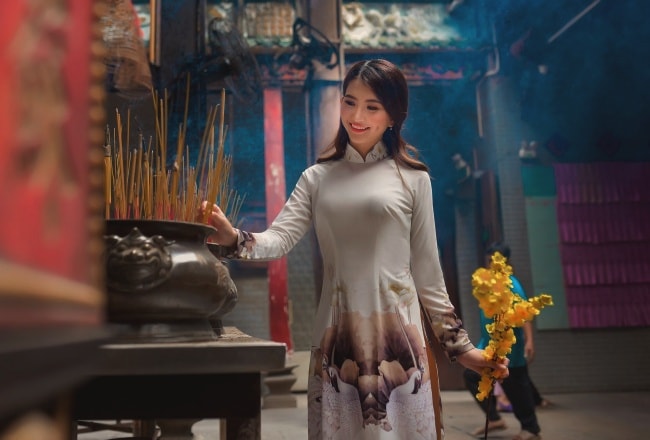
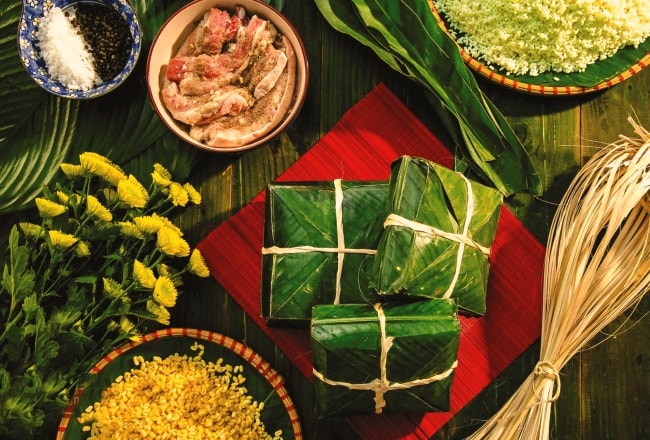
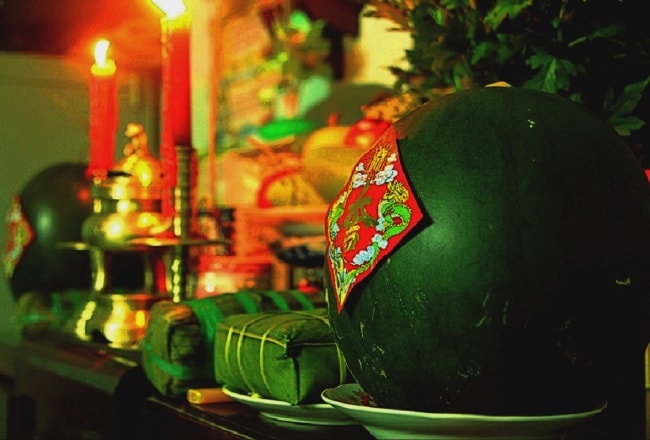
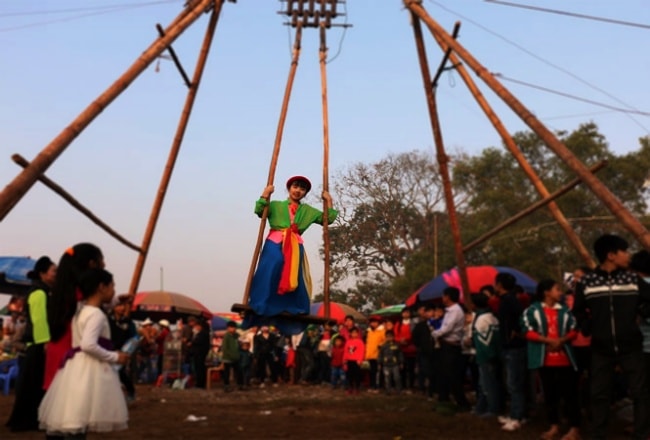
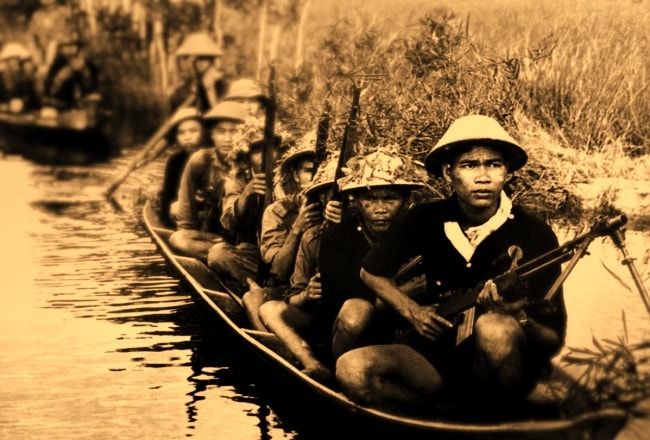
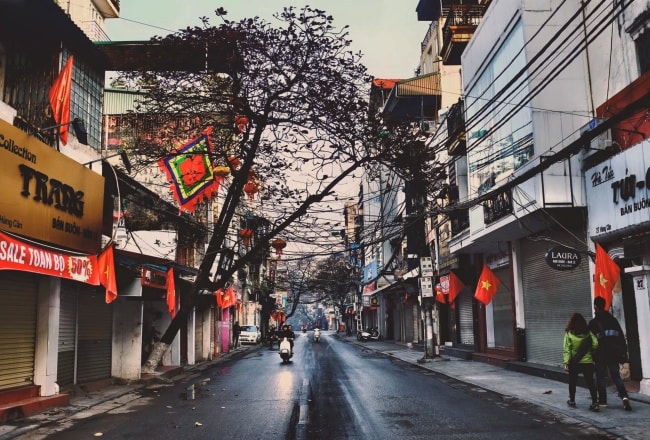
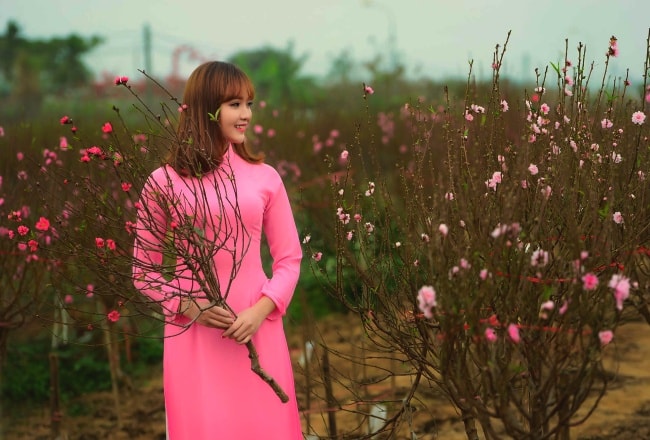
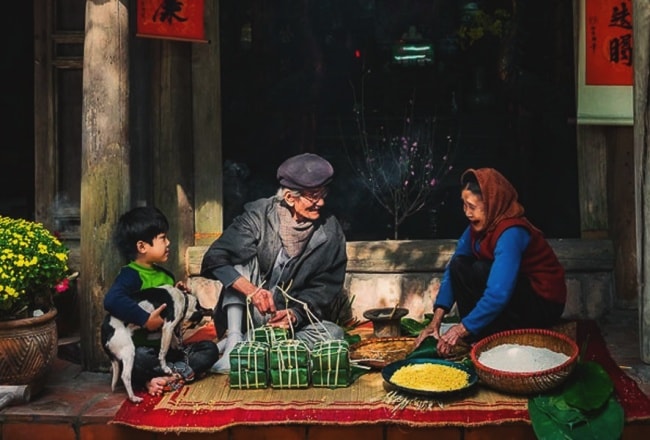



















Jolie LIEMMy name is Jolie, I am a Vietnamese girl growing up in the countryside of Hai Duong, northern Vietnam. Since a little girl, I was always dreaming of exploring the far-away lands, the unseen beauty spots of the world. My dream has been growing bigger and bigger day after day, and I do not miss a chance to make it real. After graduating from the univesity of language in Hanoi, I started the exploration with a travel agency and learning more about travel, especially responsible travel. I love experiencing the different cultures of the different lands and sharing my dream with the whole world. Hope that you love it too!